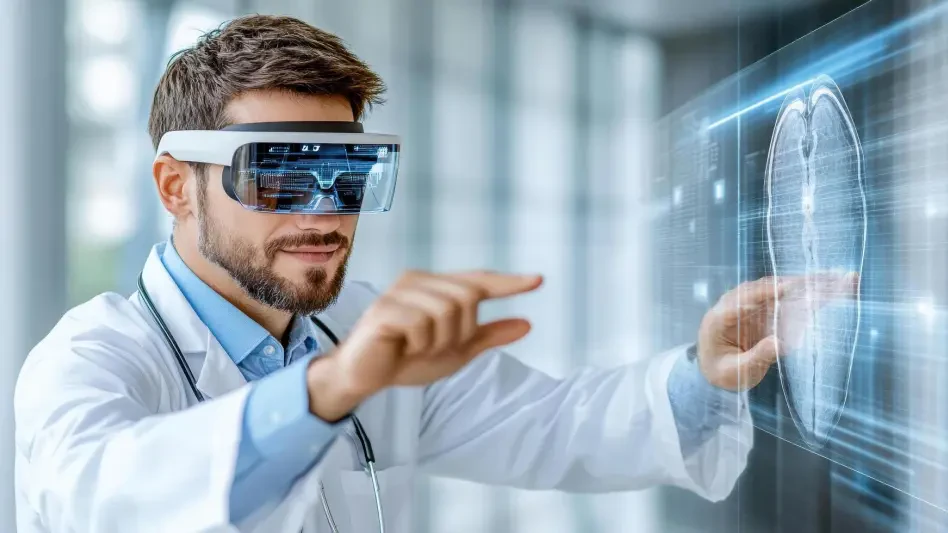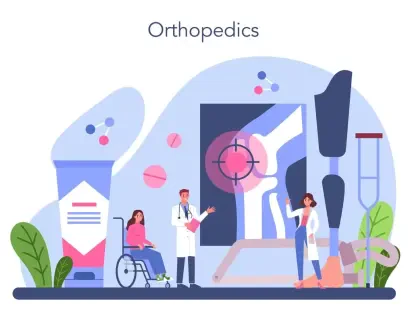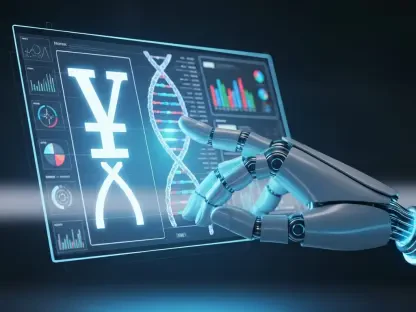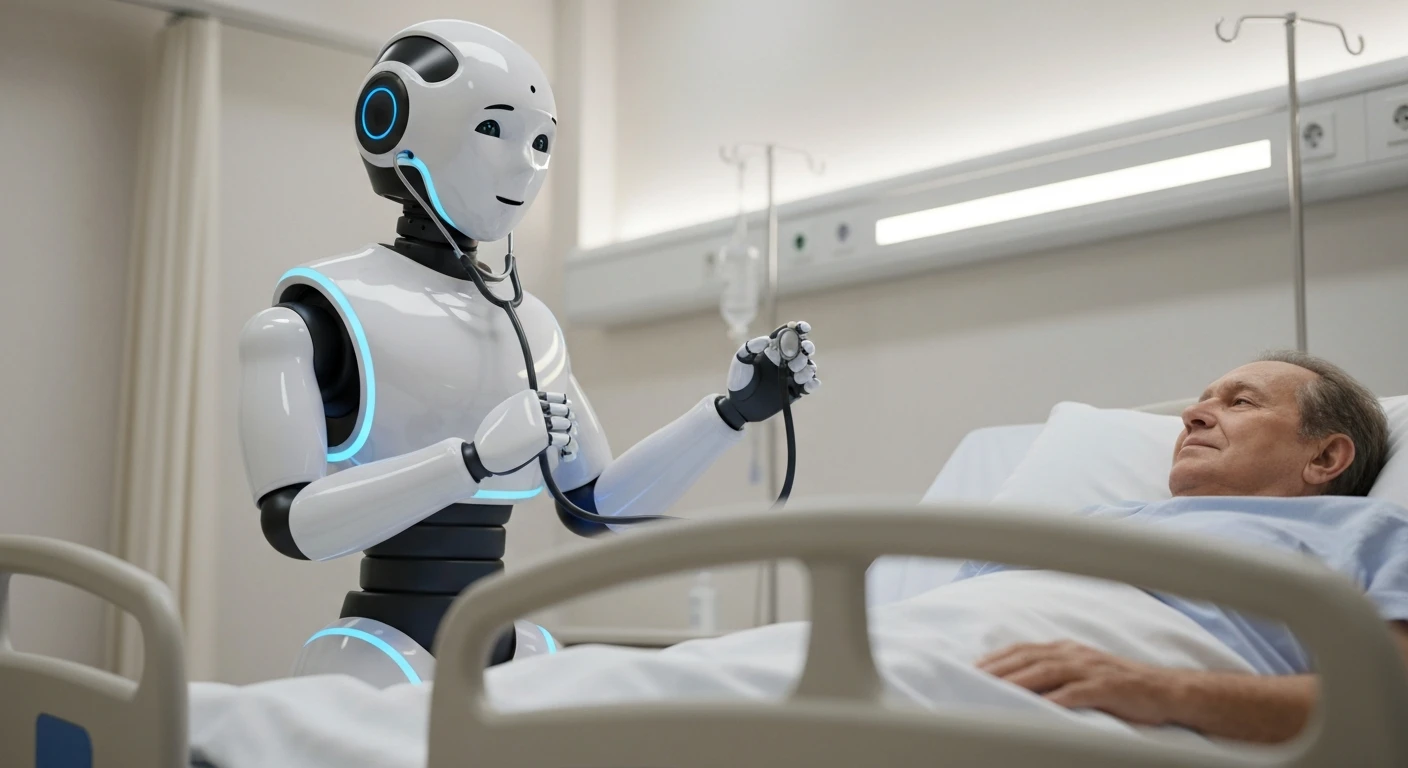In recent years, the fusion of Mixed Reality (MR) with Artificial Intelligence (AI) has begun to revolutionize medical education, fundamentally changing how future healthcare professionals are trained. Traditional educational methods, once seen as the cornerstone of medical learning, are giving way to a more dynamic and immersive approach. This shift is not merely a technological enhancement but represents a fundamental rethinking of pedagogical strategies, aligning closely with real-world medical scenarios. By leveraging MR AI Agents, medical institutions are integrating cutting-edge technology into their curriculum, providing students the opportunity to experience hands-on learning in a risk-free environment. This transformation is pivotal in preparing graduates who are not only knowledgeable but also adept at practical application in complex clinical settings, promising a new era in medical education.
Understanding the Shift in Medical Education
Traditional Versus Modern Educational Methods
For decades, traditional methods like textbook learning and instructor-led lectures were the backbone of medical education. However, the pace and complexity of modern medical practice have exposed limitations in these time-honored approaches. Mixed Reality AI Agents have emerged as a solution, offering students immersive experiences that translate textbook knowledge into practical skills. This shift is particularly evident in the use of 3D modeling, virtual surgeries, and interactive simulations, which allow students to engage deeply with content that once seemed abstract and inaccessible. As medical students interact with detailed digital simulations of human anatomy, they gain insights that extend beyond what is captured on the pages of a book. This approach not only enhances understanding but also accelerates the acquisition of skills, driving the evolution of medical education towards a more engaging and effective model.
The integration of MR into medical training empowers students to undertake virtual surgeries, immerse themselves in simulated environments, and practice procedures with unprecedented detail and accuracy. This interactive technology enables learners to manipulate virtual organs, conduct detailed examinations, and experiment with potential surgical interventions in a controlled, malfunction-free space. The risk-free nature of this learning environment encourages exploration and innovation, allowing students to learn from mistakes without the dire consequences associated with real-world errors. Such innovations ensure that students are not merely passive recipients of information but active participants in their educational journey, cultivating a generation of healthcare professionals who are both confident and competent.
The Role of Microsoft HoloLens and CAE Healthcare
The collaboration between Microsoft HoloLens and CAE Healthcare signifies a pivotal moment in the application of MR in medical education. This partnership has facilitated the development of advanced training tools where students can interact with holographic representations of anatomical structures. By bridging the gap between digital simulations and tangible medical applications, these tools serve as vital supplements to traditional practice. Medical students can explore the intricacies of the human body in a manner that enhances their comprehension and skill set, performing procedures such as installing cardiac devices in a hyper-realistic virtual environment before attempting these tasks on actual patients.
The real-time capabilities of MR technology provide students with instant feedback, a critical component for honing their skills and building confidence. The experience of manipulating holographic structures reinforces theoretical knowledge through repeated practice, enabling students to visualize and internalize complex concepts effortlessly. This method of teaching not only elevates the confidence of students but also significantly reduces the stress and uncertainty they may face during real-life clinical encounters. Beyond the immediate educational benefits, this technology holds the potential to substantially alter the landscape of medical training by establishing new standards for interactive and experiential learning.
Innovative Tools Bridging Theory and Practice
EchoPixel’s True 3D Software
EchoPixel’s True 3D software exemplifies the capacity of MR to enhance surgical planning and execution. By providing detailed visualizations of complex anatomical structures, this software offers surgeons an unprecedented level of clarity and understanding. Surgeons can utilize these virtual models not merely for planning but also for practicing potential surgical approaches and strategies. The real-time augmentation of 3D images provides clinicians with vital depth information, which is pivotal in making informed decisions during operations. Such technologies effectively connect theoretical understanding with practical application, allowing medical personnel to anticipate outcomes and refine their techniques with confidence.
A crucial advantage of True 3D software lies in its ability to produce patient-specific models, ensuring that surgical plans are tailored to the distinct anatomy of each individual. This move toward personalized medicine is revolutionizing how medical education aligns with patient care, highlighting the importance of adaptive learning tools in modern training programs. The interactive capabilities of EchoPixel extend beyond surgery, offering significant enhancements for fields such as cardiology, radiology, and obstetrics. This tool’s versatility underscores the transformative potential of MR technologies in bridging gaps between theoretical learning and practical execution, fostering a more profound and lasting educational experience.
Johns Hopkins University’s VR Training Success
Johns Hopkins University has positioned itself at the forefront of VR medical training, demonstrating the effectiveness of immersive learning tools in surgical education. The application of virtual reality technology in their programs not only captivates students but has also shown tangible improvements in performance metrics. Students participating in VR-based surgical training sessions have been observed to perform up to 29% faster and with 40% fewer errors compared to traditional teaching methods. The integration of AI-driven personalized learning platforms further enhances this success, enabling content tailored specifically to the needs and learning styles of individual students.
By leveraging AI algorithms to identify and address gaps in comprehension, Johns Hopkins’ approach enables a more efficient mastery of complex concepts, reducing the time required for students to achieve proficiency by as much as 30%. This highly personalized experience ensures that all students, regardless of their initial skill level, progress toward clinical competence at an accelerated pace. The strategic deployment of immersive technologies in medical education not only fosters enhanced learning efficiency but also equips students with the practical problem-solving skills needed for their future careers. The effectiveness of these advanced systems underscores the potential of VR and MR applications to fundamentally reshape medical training methodologies.
Addressing Challenges and Ethical Considerations
Algorithmic Bias and Data Privacy
While the possibilities of MR AI Agents are vast, they do not come without challenges, particularly concerning algorithmic bias and data privacy. AI-driven educational tools can inadvertently perpetuate or amplify existing biases if they are not carefully designed and implemented. As these systems continue to evolve, developers and educators face the critical responsibility of ensuring that algorithms are fair and inclusive, actively working to counter biases. Addressing these challenges requires a deep understanding of the technological and ethical landscape, ensuring that the transformative capabilities of MR AI Agents are harnessed equitably.
The issue of data privacy is another significant concern, given that many MR applications rely on extensive data collection to operate effectively. Ensuring robust data protection measures is imperative to safeguard personal and medical information from potential breaches. This endeavor requires collaboration between technology developers and educational institutions to establish stringent security protocols and standards. Achieving a balance where data can be utilized effectively for educational purposes without compromising individual privacy remains a pressing challenge, necessitating ongoing dialogue and innovation in cybersecurity measures to maintain trust and integrity in these advanced systems.
Financial Implications and Accessibility
The financial implications associated with implementing MR AI Agents in medical education present another formidable challenge. The high costs of these advanced technologies can widen the gap between institutions with substantial resources and those with limited financial capacity, potentially exacerbating disparities in access to world-class education. These economic divides may have long-term effects, as students from wealthier institutions may receive training that is more rigorous and technologically advanced compared to their peers from less affluent backgrounds. To bridge this divide, concerted efforts are required to develop funding models and partnerships that make these technologies accessible to all educational institutions, regardless of their financial standing.
Accessibility extends beyond economics, encompassing geographical and technical barriers that may inhibit widespread adoption of MR technologies. Institutions must work towards ensuring that the benefits of MR AI Agents are evenly distributed, facilitating the deployment of these tools in diverse educational settings. This democratization of technology is crucial for fostering an inclusive education environment where all students can benefit from innovative learning methods. Efforts to increase affordability and accessibility will require collaboration between policymakers, educators, and industry leaders, paving the way for global advancements in medical education.
Outlook on the Future of Medical Education
Market Growth and Potential Benefits
As the global market for augmented and mixed reality in education continues to expand, the potential for widespread adoption of MR AI Agents becomes increasingly apparent. The anticipated growth in this sector, projected to reach significant valuations in the coming years, reflects institutional recognition of the transformative benefits these technologies offer. By integrating MR AI Agents into curricula, medical educational institutions can revolutionize learning processes, leading to the development of skilled healthcare professionals who excel not only in theoretical knowledge but also in practical applications and critical thinking skills. This shift represents a fundamental change in how healthcare education is perceived and practiced, preparing students to adapt and thrive in dynamic and challenging environments.
MR AI Agents are poised to contribute significantly to the production of more proficient and confident healthcare practitioners. Their ability to bridge the gap between concept and practice, foster interactivity, and provide real-time insights makes them invaluable tools in the educational arsenal. By embracing these innovations, the education sector aligns itself with broader industry trends, setting a new standard for excellence and innovation in training. These advancements hold the promise of reshaping the future landscape of medical education, ensuring that the next generation of healthcare professionals is well-prepared to meet the demands of an ever-evolving field.
Collaboration for Ethical Integration
For many decades, medical education was dominated by traditional methods such as textbook study and instructor-led lectures. However, the rapid pace and intricate nature of today’s medical field have revealed shortcomings in these conventional methods. Mixed Reality AI Agents have emerged as a forward-thinking solution, offering immersive experiences that transform textbook knowledge into practical capabilities. This evolution is seen especially in 3D modeling, virtual surgeries, and interactive simulations, letting students deeply engage with content that used to seem abstract. By interacting with detailed digital simulations of human anatomy, students gain insights beyond what’s printed in books. This novel approach not only boosts understanding but also quickens skill acquisition, revolutionizing medical training to be more engaging and efficient. Incorporating MR in medical education empowers students to perform virtual surgeries, navigate simulated settings, and practice procedures with remarkable precision, cultivating a future of healthcare experts who are both confident and capable.









